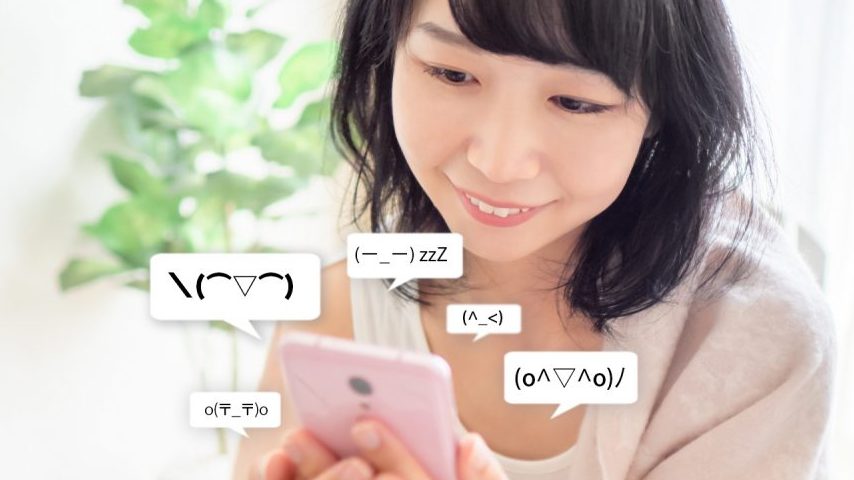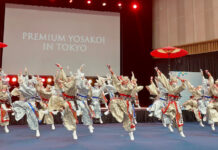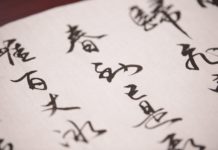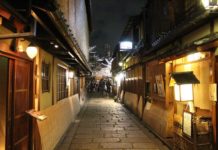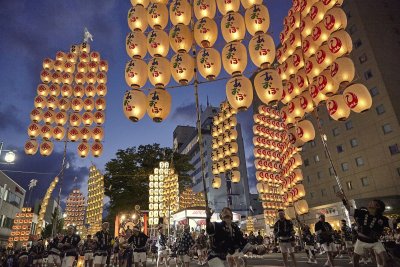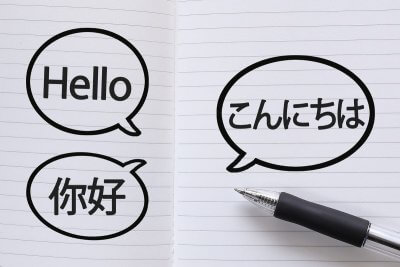If you have any Japanese friends, you know most Japanese love to use text emoticons or kaomoji. With chat applications, like LINE, providing an amazing range of stamps, digital communication will only get crazier from now on. In fact, you even have the opportunity to create your originals. And only to think that it all started with some simple combinations of symbols typed out on the keyboard. But what is the difference between Western emoticons and Japanese kaomoji? And which do you think is more effective, emoji vs kaomoji?
(‐^▽^‐)
┐( ̄~ ̄)┌
ヾ(☆▽☆)
(ᗒᗣᗕ)՞
(・_・;)
(・_・;)
(。T ω T。)
∑(O_O;)
(⊃。•́‿•̀。)⊃
History of Japanese Kaomoji and Emoticons
![]()
The first use of emoticons dates back to when the internet, as we know it today, did not exist. Communicating by text with a computer was something completely new. Sometimes it even resulted in conflicts, as it was hard to tell if someone was serious or not just by reading the text. That’s why in 1982, Scot Fahlman was the first to propose the use of Western emoticons. The sideways smiling emoticon represented by a colon, dash, and parenthesis was to be used for something that was meant as a joke.
For the opposite, a sideways sad emoticon represented something that was serious or unfortunate. This marked the start of western emoticons.
Four years later, the first Japanese emoticon made its way to the screen thanks to Yasushi Wakabayashi in correspondence through ASCII Net, a Japanese forerunner of the internet. Today, Japanese emoticons go by the name kaomoji. This literally translates to “face characters”. Though Japanese Line stamps and emoji are widely spread, Japanese kaomoji or emoticons still have their place on mobile screens.
![]()
Japanese Kaomoji vs Western Emoticons as Cultural Icons
Let’s look at emoji vs kaomoji. Western emoticons and Japanese kaomoji have had two significant differences in style from the start. First of all, while western emoticons as : – ) are looked at sideways, kaomoji as (^_^) look right at you.
The symbols “: – )” and (^_^) are both “smileys”, but why do we know that they are smiling? The western emoticon obviously has a smiling mouth, but its Japanese variant does not. However, the eyes of the kaomoji express joy. While in western culture smiling emphasizes on the mouth, the Japanese tend to silently give a friendly nod. They express their joy with their eyes.
![]()
Japanese Kaomoji & Emoticon Eyes
In fact, the Japanese language has actual phrases that show there is truth to this to the idea that Japanese people emphasize the eyes. Me wo hosomeru (narrowing one’s eyes), for example, is a synonym for smiling in the Japanese language.
Joy is not the only feeling the Japanese express with their eyes. The following list of emoticons and kaomoji indicates that western people tend to read a person’s expression by the mouth. Meanwhile, the Japanese focus more on the eyes. So when it comes to emoji vs kaomoji, you’ll notice the biggest difference in the eyes.
![]()
Western Emoji vs Japanese Kaomoji
sorry face
crying face
angry face
:‑c
;-(
:-@
m(_ _)m
(T_T)
(ーー゛)
The next time you are talking or chatting with a Japanese in real life, try to see if you can read his or her eyes, be it virtual or real pupils! In case you want to share, here are some Japanese kaomoji or Japanese emoticons to express yourself. Though simple, Japanese kaomoji or emoticons express more personality than a standard emoji today.
List of Happy Face Japanese Emoji
Use these to greet your friends or express your joy! It’s always uplifting to receive a happy kaomoji from someone you know. Notice how the eyes of the Japanese kaomoji really add character and life to the emoji.
(o^▽^o)
(o^▽^o)
(⌒‿⌒)
☆*:.。.o(≧▽≦)o.。.:*☆
ヽ(*⌒▽⌒*)ノ
\( ̄▽ ̄)/
List of Crying Face Japanese Emoji
Maybe you just received some bad news. Perhaps your friend just texted that they can’t make it to tonights party. Don’t worry! You can try to lift the mood a bit with some adorable Japanese kaomoji or emoticon that also show your feelings.
o(TヘTo)
(ಥ﹏ಥ)
(╥﹏╥)
.・゚゚・(/ω\)・゚゚・.
( ; ω ; )
o(〒﹏〒)o
List of Surprised Face Japanese Emoji
A surprised kaomoji or emoticon is a fun way to respond to a message! Whether it’s sincere shock or a joke, it’s always entertaining to find one of these surprised Japanese kaomoji in a message bubble.
w(°o°)w
(o_O)
Σ(O_O)
( : ౦ ‸ ౦ : )
(°ロ°) !
(O_O;)
With so many emoji being added these days, are Japanese kaomoji still relevant? Surely, we see more emoji these days when communicating digitally through text. However, they are all the same, taking away from some of the individuality that can be expressed with Japanese kaomoji.
What do you think? Isn’t it more fun to receive a surprising and complex Japanese kaomoji compared to a modern emoji? It certainly has its use these days, even if only used sparingly to get a fun reaction from your friend.
 0
0

